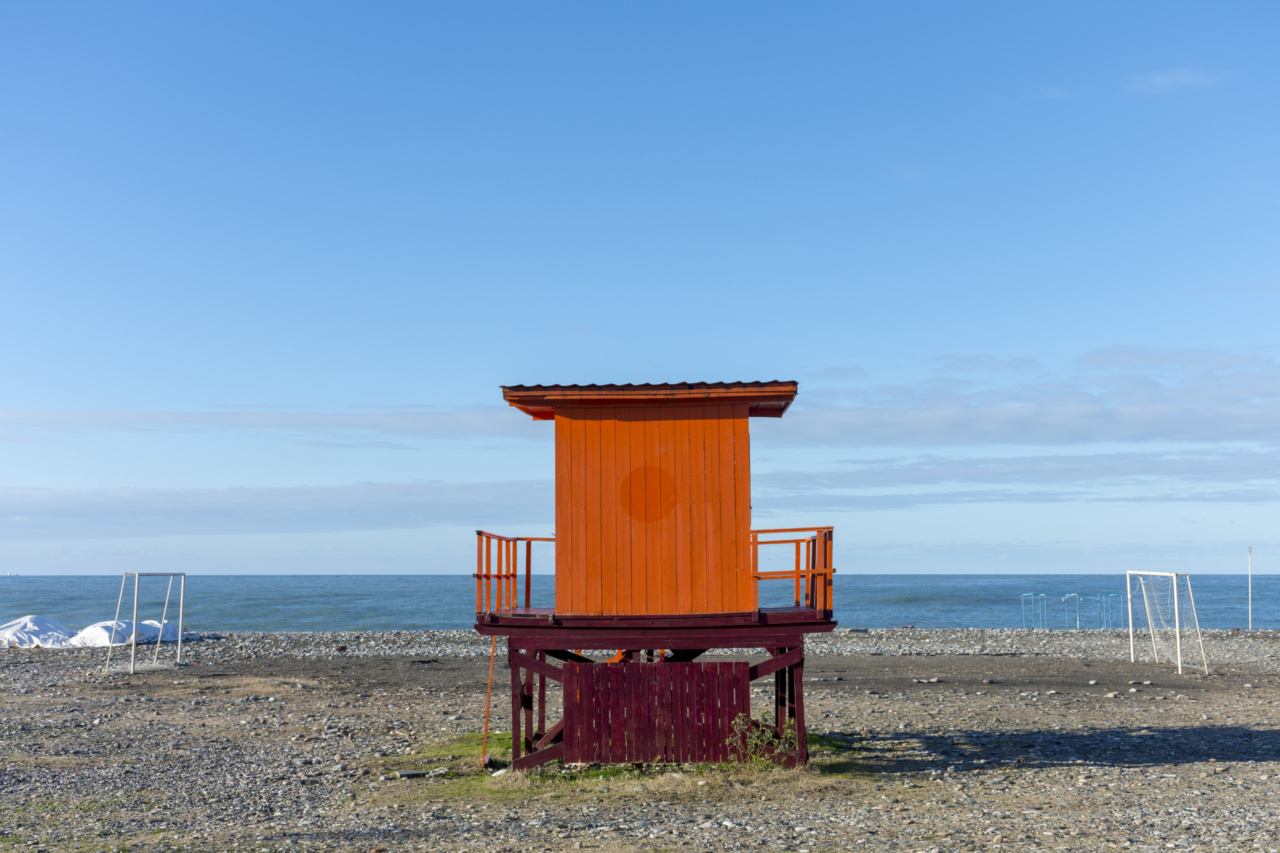Summer is a season filled with sunshine and outdoor activities. While spending time under the sun can be enjoyable, it also comes with the risk of sunburn.
Sunburn occurs when the skin is damaged by the ultraviolet (UV) rays of the sun, leading to redness, pain, and peeling. In addition to discomfort, sunburn can increase the risk of skin cancer and accelerate aging. Fortunately, there are several effective measures you can take to prevent sunburn and keep your skin safe during the summer months.
Read on to discover how you can protect your skin and enjoy the sun without the fear of sunburn.
1. Use Sunscreen with High SPF
Sunscreen is a vital tool in preventing sunburn. When selecting a sunscreen, it’s essential to choose one with a high sun protection factor (SPF).
SPF indicates the level of protection the sunscreen provides against UVB rays, which are the main cause of sunburn. A sunscreen with an SPF of 30 or higher is recommended for adequate protection. Apply sunscreen generously to all exposed skin, including your face, neck, arms, and legs, at least 15 minutes before going outside.
Reapply every two hours or more often if you’re swimming or sweating excessively.
2. Seek Shade During Peak Sun Hours
The sun’s rays are strongest between 10 a.m. and 4 p.m. during the summer. Seeking shade during these peak hours can significantly reduce your risk of sunburn.
Plan your outdoor activities in the early morning or late afternoon when the sun is less intense. If you must be outside during peak sun hours, try to find shade under trees, umbrellas, or canopies. Remember that UV rays can still reach you even in the shade, so taking additional precautionary measures is crucial.
3. Wear Protective Clothing
One of the most effective ways to prevent sunburn is by wearing protective clothing. Opt for lightweight and loose-fitting clothing that covers as much skin as possible.
Long-sleeved shirts, pants, and wide-brimmed hats can provide an excellent barrier against harmful UV rays. Darker colors and tightly woven fabrics offer better protection than light and thin materials. You can also consider wearing UV-protective clothing specially designed to block out the sun’s rays.
4. Don’t Forget Sunglasses
While protecting your skin, it’s important not to neglect your eyes. Prolonged exposure to the sun’s UV rays can lead to various eye problems, including cataracts and macular degeneration.
Wearing sunglasses with 100% UV protection can help shield your eyes from harmful rays. Look for sunglasses labeled as blocking both UVA and UVB rays for maximum protection. Additionally, larger frames or wraparound styles offer better coverage to keep the sensitive skin around your eyes safe.
5. Use Sunscreen Lip Balm
Many people neglect to protect their lips from the sun, leaving them vulnerable to painful sunburn and potential long-term damage. Invest in a lip balm that contains SPF to keep your lips safe from UV rays.
Apply lip balm with SPF 30 or higher throughout the day, especially before going outdoors. This simple step can help prevent chapping, dryness, and even certain types of lip cancer.
6. Stay Hydrated
Proper hydration plays a crucial role in skin health and sunburn prevention. When you’re dehydrated, your skin becomes more susceptible to damage from the sun.
Ensure you drink plenty of water throughout the day, especially during hot summer activities. Hydrating your body keeps your skin hydrated as well, making it more resilient against sunburn. Carry a water bottle with you when you go outside and drink regularly to stay hydrated.
7. Be Mindful of Reflection
It’s important to remember that UV rays can reflect off various surfaces, increasing your risk of sunburn. Surfaces like sand, water, snow, and concrete can reflect up to 90% of the sun’s UV rays.
This means you can get sunburned even if you’re in the shade or under an umbrella. Take extra precautions when you’re near reflective surfaces by wearing sunscreen and protective clothing, even if you’re not directly in the sun.
8. Gradually Increase Sun Exposure
Building up a gradual tolerance to the sun can help prevent sunburn. If your skin is not accustomed to sun exposure, start by spending short periods outside and gradually increase the time.
This allows your skin to adapt and produce more melanin, the pigment responsible for protecting the skin from UV rays. However, don’t mistake a tan for complete sun protection. Always follow sun safety measures, even if you have a natural or artificial tan.
9. Check Medications for Photosensitivity
Some medications can make your skin more sensitive to the sun, a condition known as photosensitivity. Certain antibiotics, antihistamines, antifungals, and even herbal supplements can increase your risk of sunburn.
If you’re taking any medication, check the label or consult with your healthcare provider to see if it can cause photosensitivity. If it does, take extra precautions to protect your skin from the sun’s harmful rays.
10. Monitor the UV Index
The UV Index is a measure of the strength of UV radiation from the sun. It provides important information about the risk of sunburn and the necessary precautions you should take at any given time.
Check the UV Index regularly, either through weather apps, websites, or local news forecasts. When the UV Index is high, take extra precautions such as seeking shade, using sunscreen, and wearing protective clothing.
By following these sunburn prevention tips, you can enjoy the summer months without the worry of painful sunburn and long-term damage.
Protecting your skin from the sun’s harmful UV rays is essential for maintaining healthy and youthful-looking skin. Keep in mind that sunburn prevention should be a year-round effort, not just limited to summer. Make sun protection a priority, stay informed about UV levels, and encourage others around you to do the same.

























